Supply chain management is constantly facing new challenges today as the volatility and complexity of global trade intensifies. One of the most critical challenges is keeping costs under control while increasing agility.
Optimizing supply chain cost while meeting customer demand on time and in full is crucial to ensure long-term success. Businesses that prioritize both cost optimization and customer satisfaction are able to remain competitive and increase profitability.
But how can businesses strategically optimize their supply chains? How can they ensure cost reduction while maintaining high performance and quality standards?
Below, Christian Nieters, executive vice president at 4flow software, answers these questions and addresses how latest software tools and digitization strategies achieve cost savings with continuous supply chain optimization, from strategic to tactical to operational planning.

Interview with
Christian Nieters
Executive Vice President,
4flow software

What are the biggest changes and challenges facing supply chain right now, especially considering the last couple of years?
Just to name a few recent challenges, we’ve had three years of pandemic, the ongoing war in Ukraine, increased gas prices and a semiconductor shortage. The VUCA world is becoming our reality. Complexity and uncertainties are increasing constantly.
And looking back further, let’s think about globalization and supply chain digitization. Supply chain is a completely different world nowadays compared to 10 years ago.
With all this change, it is critical for businesses to come up with the right strategy to ensure a resilient supply chain at the lowest reasonable cost. And I believe that adopting cost optimization in supply chain is one of the most relevant factors.
Could you elaborate? What are some potential measures businesses could take? Where should they start?
There are several strategies that companies can use to optimize supply chain costs. The best option depends on several factors, like existing processes and supply chain maturity.
One of the most important methods, for instance, is focusing on communication and collaboration to work closely with main stakeholders such as suppliers and carriers and ensure end-to-end transparency.
The implementation of a transportation management system (TMS) is another effective way to achieve such visibility. A TMS can help businesses avoid capacity shortages and unnecessary shipping costs – like expedited orders or redundant shipments – by consolidating orders and optimizing shipment schedules. Additionally, tracking and monitoring shipments allows businesses to react quickly in case of exceptions and optimally replan shipments if necessary. Transportation optimization and replanning can ensure better carrier performance and help fulfill service level agreements.

You mentioned transparency and visibility as critical factors for businesses to ensure a competitive position. How important is network design in this context? And can it really make a difference in achieving cost savings?
Supply chain network design is definitely a game-changer. It allows businesses to create a blueprint of the most efficient and cost-optimal way of moving goods.
With today’s volatility and supply chain complexity, the ability to proactively analyze and visualize changes and disruptions in your network is critical. Businesses can continuously review and quickly optimize their supply chains. Direct benefits include lower costs and greater planning efficiency and resilience.
Finally, businesses can leverage data analytics and supply chain modeling tools to identify opportunities for cost savings in their transportation networks. With these tools, businesses can analyze their shipment utilization, centers of gravity and inventory allocation, as well as compare different planning scenarios to gain efficiencies.
Cost reduction is important, but what’s the tradeoff? How can businesses be sure not to sacrifice quality for savings?
Transportation optimization is the main lever for cost optimization and supply chain resilience. Here again, early planning is essential. Often, transportation is not reflected in the material planning phase, even though considering transportation factors earlier in planning processes offers significant benefits.
In fact, during the material planning phase, before the scheduling agreements are set, there is more flexibility for planning and optimization. This flexibility allows maximum utilization of individual shipments, which means fewer trucks on the road and fewer last-minute changes.
Real transportation constraints like schedules, capacity and incompatibilities can be considered along with inventory levels. This avoids last-minute changes and costly back-and-forth communication to correct plans that are not feasible.
Integrating transportation optimization into the material planning phase thus eliminates silos and increases the overall quality of planning - and it can enable significant cost savings.
Curious to get more insights on supply chain cost optimization?
Learn more about how to optimize your supply chain to stay ahead of the curve and the competition in our recent webinar series “Harnessing the power of digitization for a cost-optimized supply chain”.
